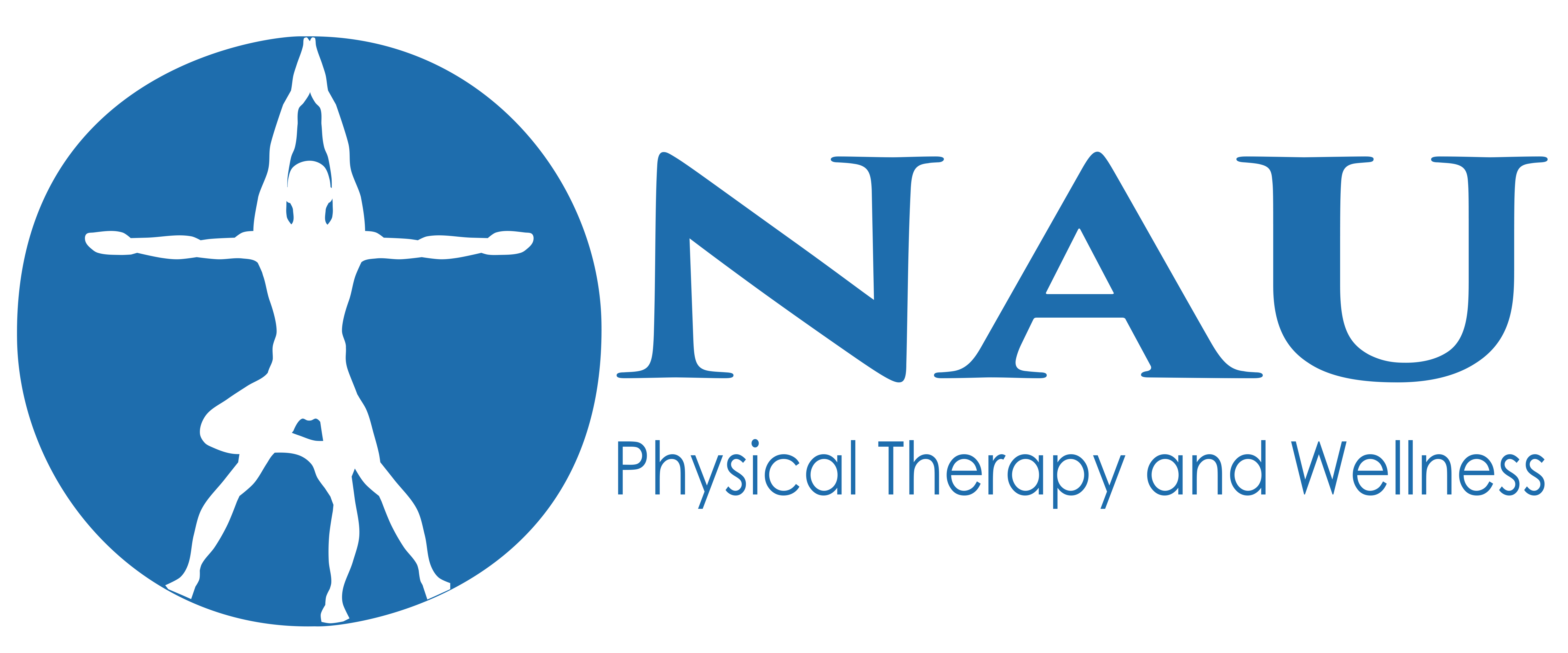
By Sukie Nau, DPT/Owner, Nau Physical Therapy & Wellness
Are you one of the more than 54 million people – 23% of all adults in the United States, who have arthritis?
Twenty-four million adults are limited in their activities from arthritis and more than 1 in 4 adults with arthritis report severe joint pain.
Often, doctors prescribe nonsteroidal anti-inflammatory drugs (NSAID), which work similarly to aspirin to ease joint pain. Although there are more than a dozen NSAIDs available by prescription, only two are currently available over the counter: ibuprofen (Advil, Motrin IB), and naproxen sodium (Aleve).
But arthritis joint pain can be treated with more than just medication. While it often takes many sessions to achieve optimal arthritis pain management, physical therapy can be an effective option to help manage arthritis symptoms.
Our patients often come in to NAU Physical Therapy & Wellness for physical therapy after they’ve tried medication to manage their arthritis pain, or if the drugs aren’t as effective as they used to be.
Physical therapy can help manipulate damaged joints to make them more mobile, which, in turn, helps them become more active.
Joint pain, and other arthritis pain symptoms can often be managed successfully with a combination of therapies.
Here are the types of physical therapy we use to treat arthritis:
o Physical therapy: This is often recommended for arthritis pain because it really helps. Physical therapy works to lessen the amount of force on the joints that have been weakened by damage and inflammation. Physical therapy exercises can help reduce joint pain and stiffness, as well as improve range of motion, making you more mobile.
o At NAU Physical Therapy & Wellness, we release the tight muscles using manipulation which helps the joint(s) articulate better, move better, and deter more breakdown.
o Massage: A massage therapist can help you to manage arthritis pain by massaging, kneading, and rubbing muscles and joints to boost blood circulation to the painful areas. (Poor blood circulation can contribute to joint pain.)
o Class 4 laser: This wavelength of light can penetrate tissues up to 5 centimeters deep into your body that will stimulate the production of more mitochondria in your cells. The mitochondria produce ATP (adenosine triphosphate), a compound providing energy for the cells. With more energy, the patient can heal
properly on his/her own. It’s a catalyst for the body to heal. The cold laser works particularly well on tissue inflammation and wound healing.
We also teach movement strategies for activities of daily living, like bending forward and lifting things properly to prevent the breakdown of joints.
These treatment options are intended to help you improve and maintain the use and range of motion of your arthritic joints, reduce pain and stiffness, and keep you active and independent. However, no individual arthritis therapy can get rid of your arthritis pain completely, and not every method will be successful for every person who tries it.
Physical therapy in any form is not a one-shot deal. You may have to continue these treatments indefinitely to keep your arthritis pain under control.
For more information, or to schedule a free consultation, call our office today.
